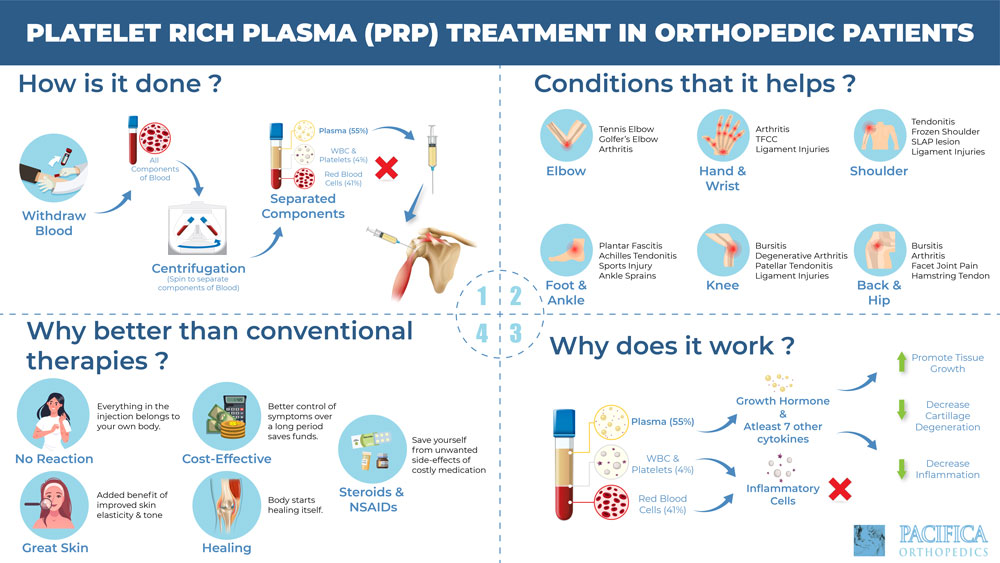The elbow is a joint in the middle portion of the arm where three long bones meet. The bone of the upper arm (humerus) meets the inner bone of the fore arm (ulna) and the outer bone of the forearm (radius) to form a hinge joint. The function of the elbow is to move the arm forward and backward. Climbers are the most vulnerable victims of elbow injuries due to their career that involves mountain climbing.
There are so many types of elbow injuries. Elbow dislocation is one of the most serious acute elbow injuries. Falling on an outstretched or extended arm is what causes dislocation. With dislocation a person experiences an immediate loss of range of motion in combination with acute pain over the elbow surface.
In older athletes, bicep tendon rupture often attacks the elbow. Tendon ruptures are caused by unexpected and sudden contraction of the biceps muscle. Chronic elbow injuries are the result of recurring injuries, general provocative circumstances and post trauma. For a person to recognize the cause it will take 2 weeks duration.
Arthritis describes chronic joint pain. Osteoarthritis (OA), posttraumatic arthritis (PA) and rheumatoid arthritis (RA) are the most common forms encountered in the elbow. AO is the result of calcification of the cartilage in the joint spaces. In most cases AO occur in old age and is characterized by soreness, inflexibility and a limited range of movement. RA often occurs with much pain and symmetrical swelling if multiple joints and it can also cause deformity.
Medial epicondylitis also known as the golfer’s elbow is as a result of chronic wrist flexion. It causes irritation in the forearm muscles flexor and the pronator teres tendon. Pain is localized over the medial aspect of the elbow and increases with wrist flexion. Climbers experience Medial epicondylitis (ME) more frequently. Holding the wrist still and extending backwards for long periods of time might overuse the forearm flexors.




0 Comments